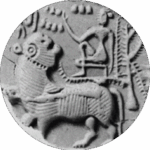False views
The universe was never created. Matter, energy and consciousness are one. There is no center, no periphery, no end to time and space. Seeing is interpretation. All statements about ultimate truth, including this one, are a lie. There are multiple … Continue reading →
